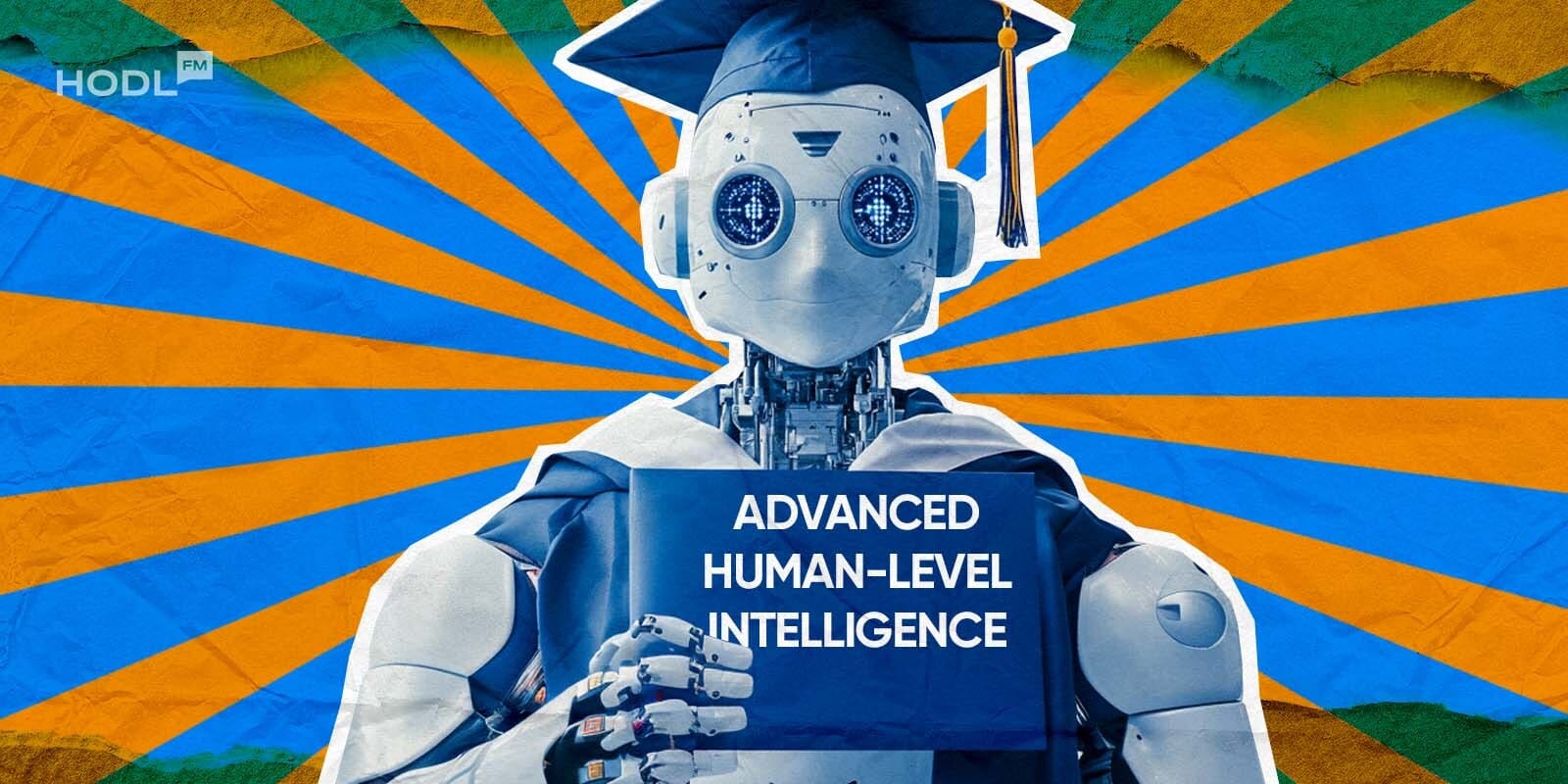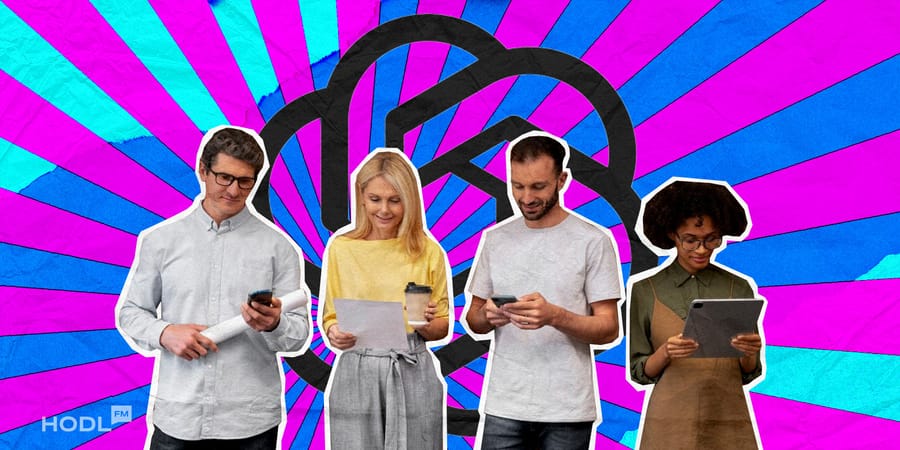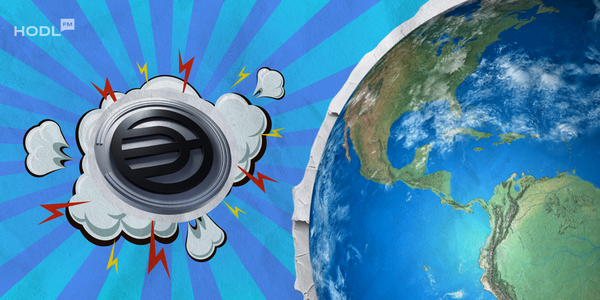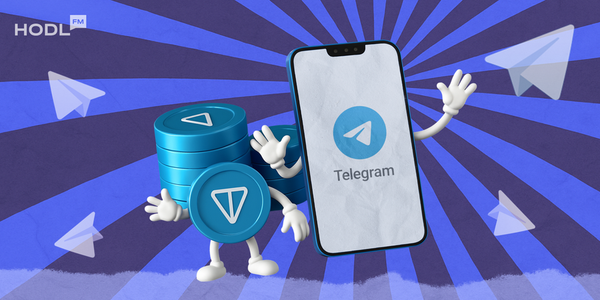OpenAI is set to shake up the artificial intelligence world by releasing its first “open” language model since GPT-2 in 2019. Unlike its more recent offerings—GPT-3 and GPT-4—which have remained closed systems, this new model, described as an “open-weight” model with reasoning capabilities, will be available for anyone to use, download, modify, or deploy on their own hardware.
The Era of Accessibility
In an update posted to X on March 31, OpenAI CEO Sam Altman announced that the firm would roll out this powerful language model in the coming months. “We’ve been thinking about this for a long time, but other priorities have taken precedence. Now it feels important to do,” Altman said. This marks a significant departure from the past few years when OpenAI’s releases were largely kept under wraps, available only via API or limited access. With this open-weight model, developers will have the freedom to run the model on their own infrastructure, thereby increasing transparency and spurring innovation.
TL;DR: we are excited to release a powerful new open-weight language model with reasoning in the coming months, and we want to talk to devs about how to make it maximally useful: https://t.co/XKB4XxjREV
— Sam Altman (@sama) March 31, 2025
we are excited to make this a very, very good model!
__
we are planning to…
Gathering Feedback
Before the official release, OpenAI plans to host several developer events to gather feedback on the early prototypes and refine the model further. Developer events will kick off in San Francisco, California—OpenAI’s home base—and later extend to Europe and the Asia-Pacific region. “We’re excited to see what developers build and how large companies and governments use it where they prefer to run a model themselves,” Altman expressed, adding that the model would be modified post-release based on community input. This approach highlights OpenAI’s commitment to collaborative progress and continuous improvement in its AI offerings.
we're releasing a model this year that you can run on your own hardware https://t.co/0ji9oezNyr
— Steven Heidel (@stevenheidel) March 31, 2025
Not Quite Open-Source, But Closer Than Ever
It’s important to note that while this new model is termed “open-weight,” it is not as open as a traditional open-source project. However, compared to prior closed systems like GPT-3 and GPT-4, this release represents a significant move toward increased openness. OpenAI hopes to democratize access to AI technology and accelerate its adoption across various industries.
Racing Ahead in an AI Arms Race
OpenAI’s move comes at a time when the AI arms race is heating up. Rival DeepSeek has been making waves as a competitor to ChatGPT, offering similar functionalities at a fraction of the cost and development time. In addition, Alibaba Group just launched its new open-source AI model for cost-effective AI agents on March 26, and Google introduced Gemini 2.5, its latest experimental model, on March 25. Meanwhile, Meta CEO Mark Zuckerberg recently celebrated that the Llama model family, released in February 2023, has hit an impressive 1 billion downloads. All these developments underscore the intense competition and rapid evolution within the AI sector.
Future Releases and Strategic Vision
Looking ahead, Altman also hinted at further exciting developments. “We will do extra work given that we know this model will be modified post-release,” he said, while also mentioning that GPT-4.5 and GPT-5 are on the horizon, potentially shipping in the coming weeks or months. This roadmap indicates that OpenAI is committed to expanding access with its open-weight model and pushing the boundaries of what AI can achieve in the near future.
Key Takeaways for Developers and Investors
For developers keen on exploring the new model, the benefits are clear: increased flexibility, transparency, and the opportunity to tailor the AI to specific use cases on their own hardware. For investors and industry watchers, this move signals OpenAI’s willingness to experiment with new models of accessibility and collaboration that could reshape the software landscape. The open-weight model could spur a wave of innovation as both large organizations and individual developers harness state-of-the-art AI for novel applications.
FAQs
What does “open-weight” mean?
- It means the model’s weights are publicly available so that developers can use, modify, and deploy it according to their needs, though it might not be fully open-source in the traditional sense.
How does this model differ from GPT-3 and GPT-4?
- GPT-3 and GPT-4 are closed systems with restricted access, whereas the new model will be fully accessible for anyone to run on their own hardware.
When are the developer events scheduled?
- The events will start in San Francisco shortly, with subsequent sessions in Europe and the Asia–Pacific region.
What future models is OpenAI planning?
- OpenAI has stated that GPT-4.5 and GPT-5 could launch in the coming weeks or months, pushing further the frontier of GPT technology.

Disclaimer: All materials on this site are for informational purposes only. None of the material should be interpreted as investment advice. Please note that despite the nature of much of the material created and hosted on this website, HODL FM is not a financial reference resource and the opinions of authors and other contributors are their own and should not be taken as financial advice. If you require advice of this sort, HODL FM strongly recommends contacting a qualified industry professional.




